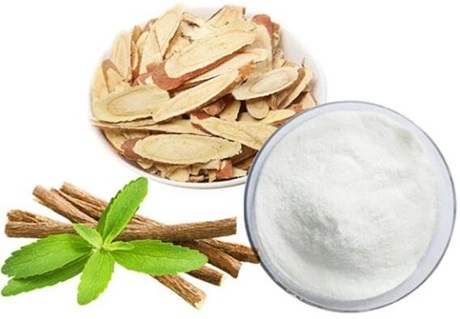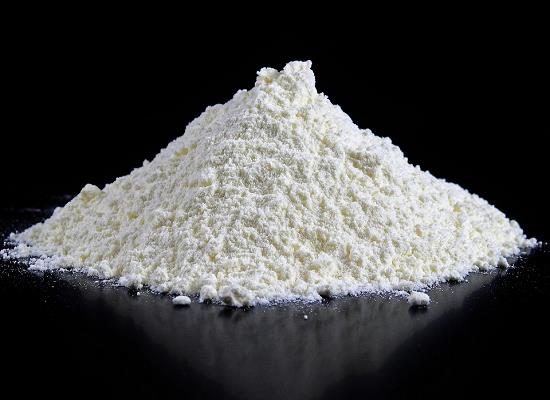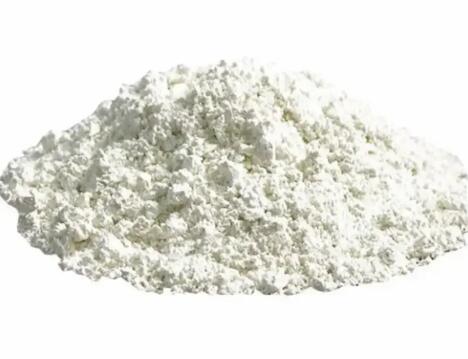Active Pharmaceutical Ingredients (API), popularly speaking, are the raw materials of medicines, only pharmaceutical raw materials are processed into pharmaceutical preparations , can they become medicines available for clinical use, so drugs we usually eat are the finished drugs through processing. Active Pharmaceutical Ingredients based on its sources can be divided into two major categories ,including chemical synthetic drugs and natural chemical drugs. Chemical synthetic drugs can be divided into organic synthetic drugs and inorganic synthetic drugs. Inorganic synthetic drugs are inorganic compounds ( very few is element), such as aluminum hydroxide, magnesium trisilicate which are used for the treatment of gastric and duodenal ulcers ; organic synthetic drugs are mainly composed of drugs made by basic organic chemical raw materials, through a series of organic chemical reactions (such as aspirin, chloramphenicol, caffeine, etc.). Natural chemical drugs ,based on its sources,can be divided into two categories including biochemical drugs and plant chemical drugs. Antibiotics are generally made by the microbial fermentation, which belongs to the biochemistry category. A variety of semi-synthetic antibiotics occurs in recent years,which are biosynthesis and chemical synthesis combining products.Among active Pharmaceutical Ingredients, the organic synthetic drugs varieties, yields and values have the largest proportion,which are the main pillars of the chemical and pharmaceutical industries. The quality of active Pharmaceutical Ingredients decides whether the formulation is good or bad , so its quality standards are very strict ,countries in the world have developed national pharmacopoeia standards and strict quality control methods for its widely used active Pharmaceutical ingredients.
Zeolite: The Versatile Material Shaping Modern Chemistry
Zeolites, a group of unique and naturally occurring minerals, are aluminosilicate compounds characterized by their stable and microporous structures.
Jan 9,2025 APIGlabridin: A Promising Compound in Cosmetic Chemistry
GlabridinIt is used as an ingredient in cosmetics and is listed in International Nomenclature of Cosmetic Ingredients (INCI).
Jan 9,2025 APIEptifibatide acetate: Chemical property and process optimization
Eptifibatide acetate is a white or white-off powder, soluble in water and freely soluble in 1% acetic acid in water.
Jan 9,2025 APITeduglutide: Mechanism of action, Adverse effects, and Contraindications
Teduglutide is a glucagon-like peptide-2 (GLP-2) analogue that has been approved for the treatment of patients ≥1 year of age with short bowel syndrome (SBS) who are dependent on parenteral support.
Jan 9,2025 APIArbidol: History, Pharmacokinetics and Toxicity
Arbidol is used for prevention and treatment in adults and children: --Influenza A and B, Avian or Bird Flu, RSV, SARS.
Jan 8,2025 APICalcium Phosphate: Physical Properties, Synthesis and Biological Response
alcium phosphate can substitute natural bone containing 70% inorganic mineral phase.
Jan 8,2025 APITea Polyphenol: Antimicrobial Activities and its Mechanism
Tea Polyphenol exhibits potent antifungal and antibacterial activities by disrupting cell membranes and inducing enzyme activities, making it an effective natural solution for plant diseases.
Jan 8,2025 APIWhat are the effects of Taurine deficiency on human health?
Taurine (2-aminoethanesulfonic acid) is a free amino acid that is widely present in mammalian tissues. The taurine content in the heart is about 20 mM, which is about 100 times higher than the plasma
Jan 8,2025 APIHydroxyprogesterone Caproate: History of Use, Pharmacokinetics and Safety
Hydroxyprogesterone caproate is a white to creamy white crystalline powder, it is a synthetic steroid hormone.
Jan 7,2025 APIGlycerol vs fatty acids: the connection and difference between the two
Glycerol is an organic alcohol with three hydroxyl (OH) groups that has good moisturizing properties and can be used as a humectant, solvent, sweetener, and drug.
Jan 7,2025 API












